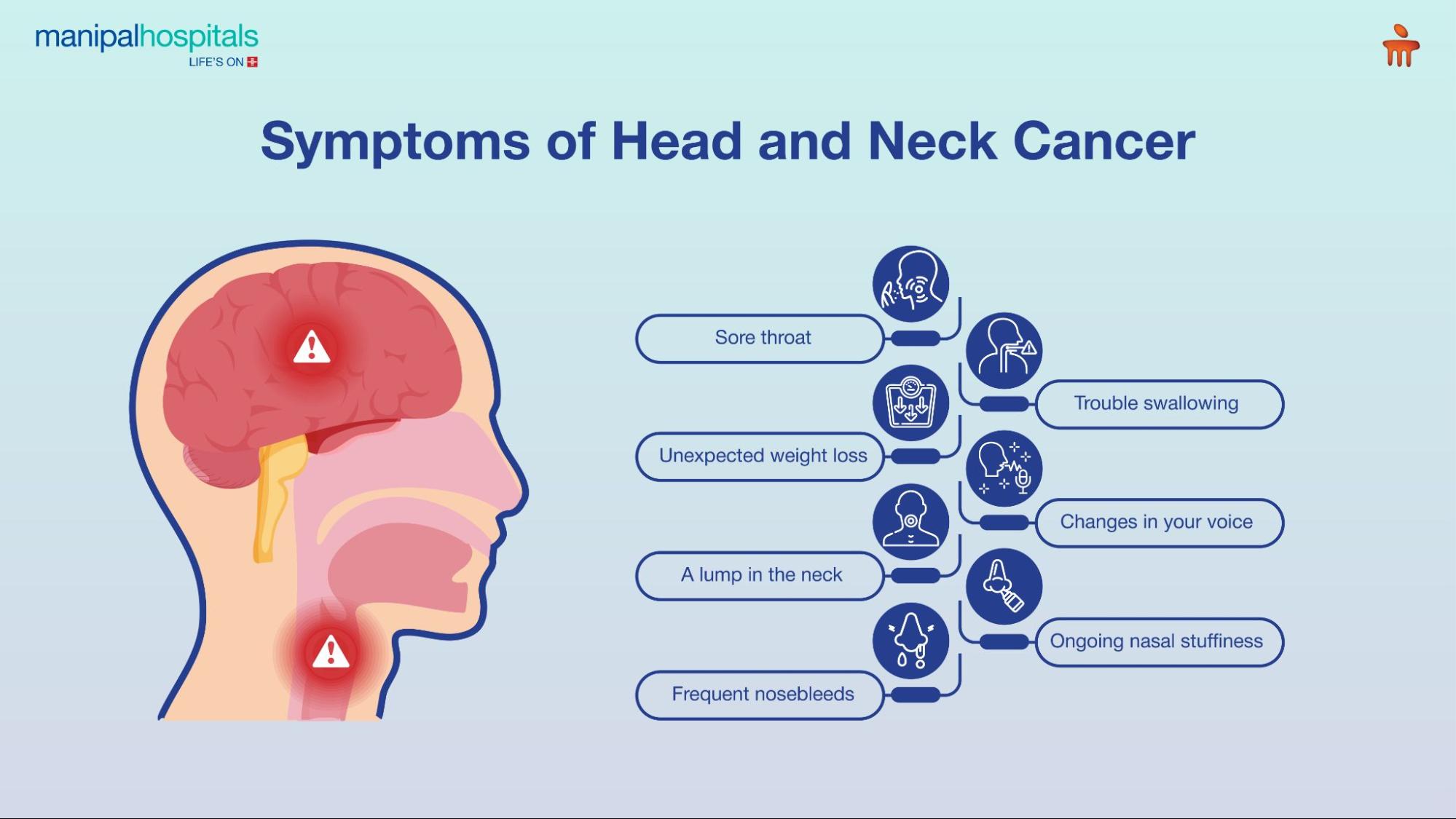Most of us know tobacco smoking causes cancer, but did you know alcohol can also be harmful, especially when combined? Together, they dramatically raise the risk of head and neck cancers, and the numbers are hard to ignore.
They account for at least 75% of head and neck cancer cases, including cancers of the oral cavity, throat (oropharynx, hypopharynx), and voice box (larynx). The numbers tell a powerful story combining smoking and heavy drinking can make someone 30 times more likely to develop head and neck cancer than non-users.
And it’s not just cigarettes, smokeless tobacco products like chewing tobacco or snuff also carry significant risks. These substances damage cells in the mouth and throat, making them more vulnerable to mutations that lead to cancer. Cancer may seem unpredictable, but nearly 40% of all cancers are preventable. Educating people about tobacco side effects, how tobacco and alcohol raise cancer risk is a key step towards prevention.
Synopsis
Tobacco Effects: How It Harms the Body and Fuels Addiction
Tobacco contains nicotine, a powerful, highly addictive substance. When someone uses tobacco, nicotine prompts the brain to release dopamine, a chemical that triggers feelings of pleasure, focus, and increased energy.
Over time, the brain begins to depend on nicotine to produce dopamine. As this dependency grows, larger amounts of nicotine are needed to achieve the same effect. When nicotine levels drop, the brain experiences withdrawal, leading to tobacco side effects and symptoms such as:
-
Irritability or restlessness
-
Difficulty concentrating
-
Anxiety or nervousness
These withdrawal symptoms and the craving for dopamine lead to a cycle of addiction, making it difficult to quit.
Combined Effect of Alcohol and Tobacco in Causing Head and Neck Cancer
When tobacco is smoked, it releases thousands of harmful chemicals that pass directly through the mouth, throat, and larynx, causing direct toxic damage to the head and neck tissues. These substances can damage the DNA in cells and cause mutations that may eventually turn healthy cells into cancerous ones. The longer and more heavily a person smokes, the greater this risk becomes.
Alcohol, too, plays a major role in increasing the risk of head and neck cancers. Regular, heavy drinking can irritate the delicate tissues of the mouth and throat, making them more vulnerable to damage, increasing the risk of head and neck cancer. Alcohol also acts as a solvent, helping harmful carcinogens, especially those from tobacco, get absorbed more easily into the tissues. Even more concerning is acetaldehyde, a byproduct of alcohol metabolism, which is toxic to cells and can interfere with DNA repair processes.
When alcohol and tobacco are used together, their effects become stronger. Smoking and drinking combined raise the risk of cancers in the oral cavity, throat, and nearby areas. The combination of the two can cause more severe tissue damage and create an environment where cancer is much more likely to develop.
Types of Head and Neck Cancers
The bad effects of tobacco and alcohol can lead to an increased risk of different head and neck cancers. Common types include:
-
Lip and oral cavity cancer (Tongue, buccal mucosa, alveolus)
-
Pharyngeal (throat) cancer
-
Laryngeal cancer
-
Oesophageal cancer
Signs and Symptoms to Look for

Catching head and neck cancer early can make a big difference in how well treatment works. That’s why it’s important to pay attention to warning signs. Watch out for signs like:
-
Sore throat that doesn’t go away
-
Trouble swallowing
-
Changes in your voice
-
A lump in your neck or a sore in your mouth that just won’t heal
-
Ongoing nasal stuffiness
-
Frequent nosebleeds
If you’re noticing any of these, especially if you smoke or drink, see a doctor and get it checked.
Prevention
Quitting smoking and moderating alcohol intake are two of the most powerful steps individuals can take to reduce their risk of head and neck cancers. The risk decreases once these habits are stopped.
-
Public health efforts that focus on helping people quit smoking and drink responsibly have a major impact.
-
Free helplines like the National Tobacco Quitline (1800-11-2356) offer personalised counselling in multiple regional languages to help people stop tobacco use.
-
The Nasha Mukt Bharat Abhiyaan, run by the Ministry of Social Justice and Empowerment, offers 24/7 counselling and assistance for individuals dealing with alcohol dependence.
-
Your doctor can also help with medications like nicotine replacement therapy (NRT), available as patches, gums, and lozenges, or prescription medicines such as bupropion or varenicline, which reduce cravings and withdrawal symptoms.
-
Alongside lifestyle changes, regular screenings are key to identifying early warning signs before they become serious.
-
Simple dental visits often include oral cancer checks, and if you’ve smoked or drank heavily in the past, your doctor may suggest more frequent evaluations.
By lowering the rates of tobacco and alcohol use, we can reduce both the number of new cancer cases and the deaths caused by them.
Conclusion
Despite being among the most preventable causes of head and neck cancers, tobacco and alcohol still go hand-in-hand for many people. Understanding alcohol and tobacco side effects and how they cause harm is the first step toward lowering head and neck cancer risk. By quitting tobacco smoking and drinking in moderation, it’s possible to protect long-term health and reduce cancer chances.
Seek expert recommendations, support and guidance, consult specialists at Manipal Hospitals, Dhakuria to quit smoking or reduce alcohol intake. Your future self will thank you.
FAQ's
While they are the most significant, other risk factors include HPV infection (especially in oropharyngeal cancers), poor oral hygiene, exposure to certain chemicals, and genetic factors.
Yes. Chewing tobacco and snuff contain carcinogens that increase the risk of oral, throat, and oesophageal cancers.
Even low to moderate consumption of tobacco and alcohol can increase cancer risk, especially over time or when both habits are combined.
The risk of cancer begins to decline within a few years of quitting and continues to decrease over time. After about 10 to 15 years, the risk can approach that of someone who never smoked or drank heavily.
Yes. Early detection and treatment can lead to good outcomes. However, prevention through lifestyle changes remains the most effective strategy.






















 6 Min Read
6 Min Read




3.png)

.png)















